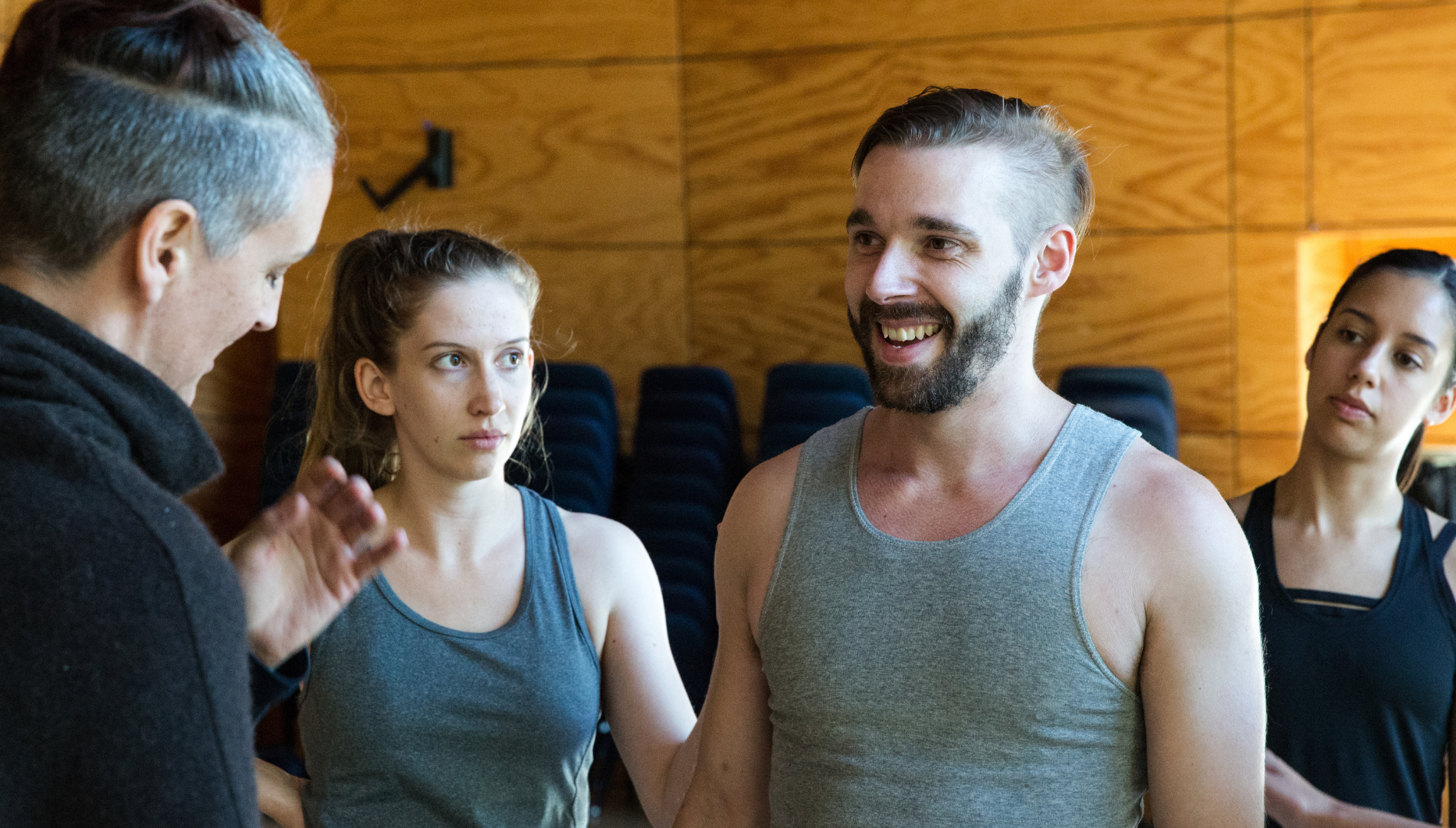Supporting Creative Professionals


We know that creative professionals in Waikato are a generous, passionate group who value community and cultural connection. The art they create, practice and share can have a positive impact on the wellbeing of everyone in the Waikato.
So, what do we know about their specific wellbeing needs, and how can we support them to do the good work they do best?
Late last year, Creative Waikato and Huber Social launched the report: ‘Wellbeing and Arts, Culture and Creativity in the Waikato’, a result of a community-wide survey which gathered 989 responses from people across our region. This report is available for anyone to read and use, and is packed full of insights into the wellbeing needs of the Waikato, and the social benefits of arts, culture and creativity in our communities. And we are not done yet!
Creative Waikato have again teamed up with Huber Social, and this time, we have taken a deep dive specifically into the overall wellbeing and holistic needs of the Waikato creative sector.
This research focuses specifically on the wellbeing of creative professionals in our local communities. This includes individuals whose main work (or source of income) is in the arts sector, including artists, producers, administrators, writers…the list goes on! We have gathered the perspectives of professional artists from across our large and lively region, including Hamilton City, Hauraki District, Matamata-Piako District, Ōtorohanga, South Waikato, Thames-Coromandel, Waikato District, Waipā and Waitomo Districts.
Through a detailed survey and statistical savvy by the social impact experts at Huber Social, we were able to identify those needs that are currently being underserved, and may be hindering wellbeing for our creative professionals. The report also includes a detailed analysis of key similarities and differences in the priority needs of performing artists, and visual and object artists.
The research uncovered three key areas of need across all creative professionals in the Waikato:
The creative sector is particularly affected by a gap in access to affordable housing, local employment opportunities and sustainable income. Access to these essential resources is significantly lower among artists than the wider population. These are long-standing challenges, and were also further amplified as a result of the COVID-19 pandemic, as artists experienced reduced event opportunities, lower audience attendance and financial insecurity.
Creative professionals in Waikato also reported having slightly poorer mental wellness and social connections as compared with non-industry residents. Effects of the pandemic have likely contributed to this, as the creative sector was disproportionately affected by social restriction measures that reduced opportunities to generate income, and may have increased mental health pressures. (For more information on the effects of the pandemic on creatives in Aotearoa, check out the State of the Arts Survey here.)
Many creative professionals in Waikato reported that their feelings of connection to their culture and heritage were relatively low. However, Māori artists report experiencing a significantly greater connection, a trend that showed through in the report from the wider population too.
Knowing about these key areas of need is helpful for a few reasons. It reminds us that our experiences are shared, and that we are ‘in it’ together. It also helps us as creative professionals to know which key drivers of our wellbeing we can work to focus on within our self care practices.
However, it is essential to emphasise that many of these underserved needs are the result of systems and structures that need to be changed on a larger scale. Our CEO Jeremy knocks it out of the park here:
‘The context for these insights must acknowledge the systemic changes that need to be addressed to holistically contribute to the wellbeing of our creative professionals. We know that creatives are often first-responders in times of crisis and recovery, and the work they create and experiences they curate provide solace, connection, exploration and understanding for our broader communities, but often as a society we aren’t acknowledging the wellbeing of those people who serve our wellbeing.’- Dr. Jeremy Mayall, p. 5 of Wellbeing and Arts, Culture and Creativity in the Waikato: How to Support Our Creative Professionals.
So what can we do about it? What change do we need to see?
Here are some “key takeaways”–evidence-based levers we can pull to bring about change.
Access to essential resources:
To improve mental wellness and social connection:
To strengthen cultural connection:
We need financial, political and social change. We know that this will take time, and need collaboration and commitment. But improvements in these areas help not only our professional artists, they help everyone.
Afterall, when our creative professionals are supported, our communities are supported.
This research helps us to ‘evidence’ social impact- to provide data and research which backs up what we already know: that arts, culture and creativity matter to wellbeing, and that the Waikato prospers with diverse and transformative creative activity.
The Creative Waikato team are using this work to advocate locally, regionally and nationally for increased support for professional artists and our wider Waikato communities.
We are also developing workshops to help community organisations use this, and other supporting research, to evidence the social impact and value of their mahi–helping our communities to celebrate and advocate for the power of the work they do, every day.
Find the full report here: